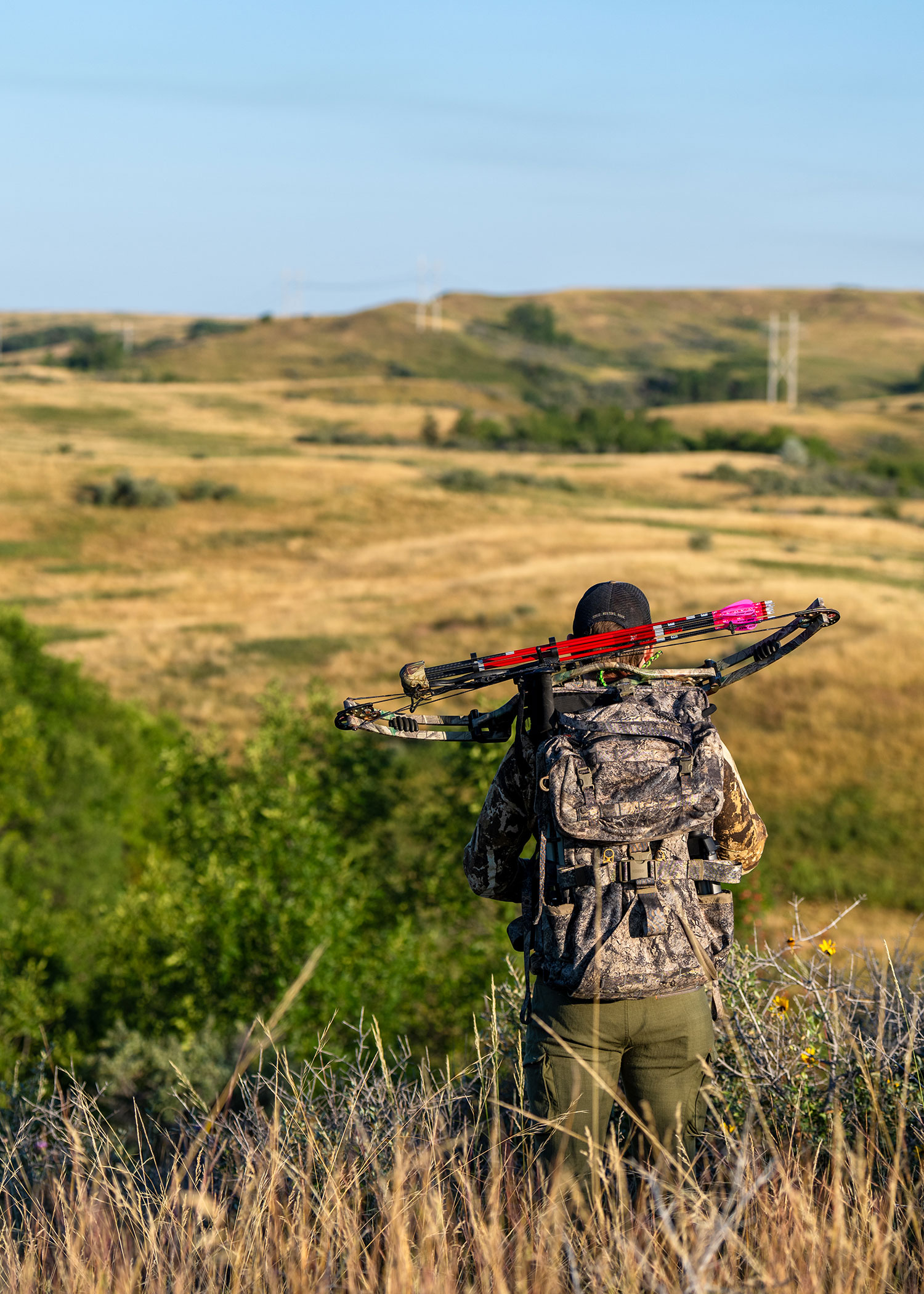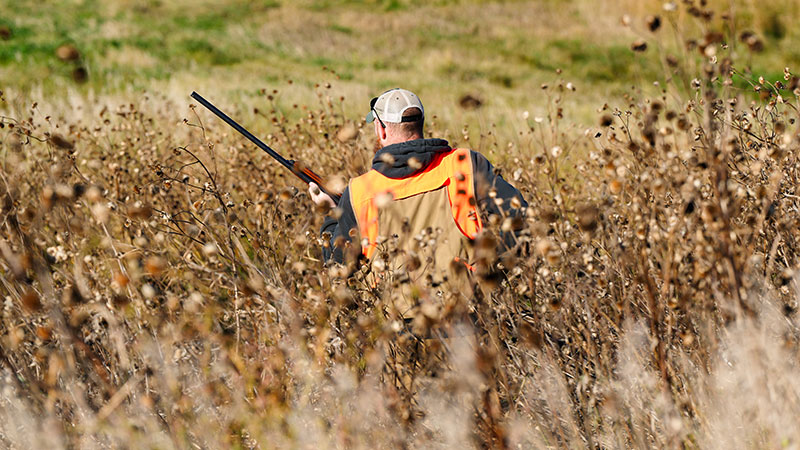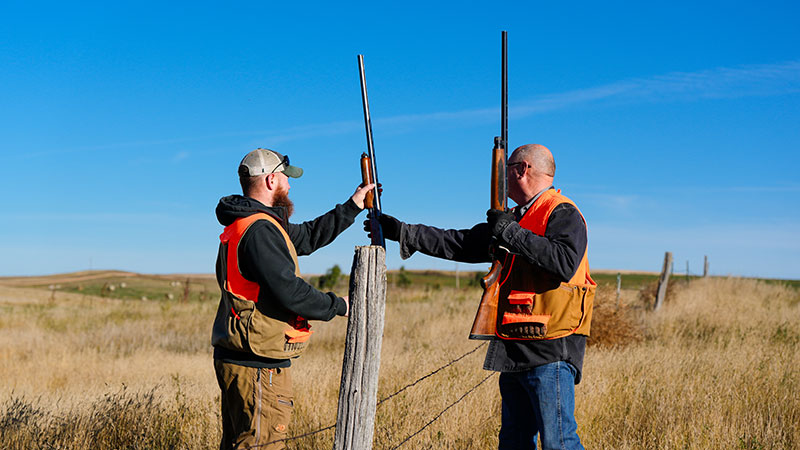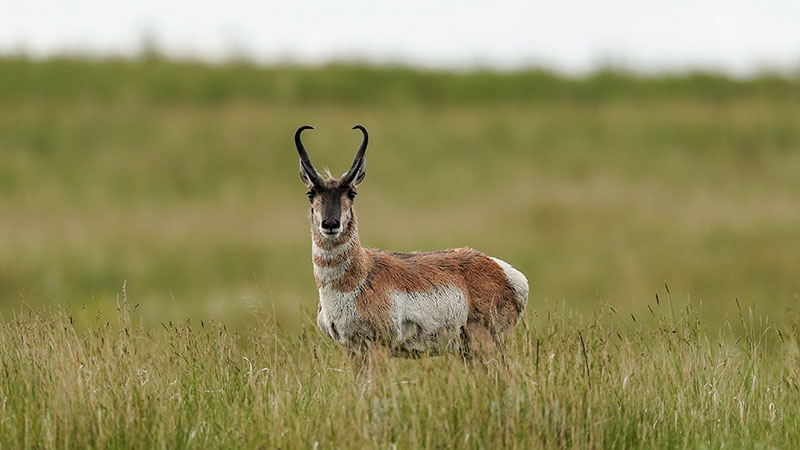Making a Good Impression
Ron Wilson

It’s hunting season.
That means something in North Dakota.
It resonates with those who have kept their bird dogs in shape over summer, shot an untold number of arrows at 3-D targets and can’t wait to bust out the hunter orange because, well, tis the season.
“North Dakota consistently ranks at the top when it comes to per capita participation in hunting and fishing, which is certainly an indication of what it means to many of the people who live here … it’s an indication of our culture,” said Jeb Williams, North Dakota Game and Fish Department director.
“North Dakota is still very much a rural state and hunting and fishing activities are impactful and play a big role in rural areas.
We’re just blessed to have the culture that we do that provides such a great hunting and fishing atmosphere.”
While Game and Fish made available fewer deer licenses this year than even last year when extreme winter conditions steamrolled the state’s deer herd, Williams said hunting opportunities are still many this fall.
“There’s always going to be something in North Dakota providing really good opportunities” he said.” I think the variety pack of bird hunting opportunities should be as good as we’ve had in a number of years for pheasants, sharp-tailed grouse and Hungarian partridge.
Our partridge numbers over the last several years have really shown an increase.
We’ve seen that both in our data collection process and our hunter harvest surveys.
And, of course, waterfowl are always going to provide some good opportunities when you consider the combination of our resident birds and the fall migratory push that usually comes in that November time frame.”

Wandering through the thick stuff in hopes of flushing a rooster or two.
No matter the forecast for whatever species, North Dakota’s uplands and wetlands will host an untold number of hunters this fall, and Williams encourages everyone to treat the land, landowners and other hunters with respect.
“This is one of those topics that always needs to be discussed because hunting and fishing are activities that do require good behavior, and we want to make sure that people are doing the right things and are looked upon in a positive way because it reflects on everybody,” he said.
“And we also have to remember that the many people who aren’t necessarily involved in hunting and fishing and trapping and all the outdoor activities, they support these regulated activities, so it’s important to continue to make sure that we play that role of ethical hunters and anglers.”
This is a concern for those who live in those areas and should be of concern for all who recreate in the outdoors this fall.
“It seems that no matter the year, it’s more common than not that western North Dakota is going to be pretty dry come opening of hunting seasons, whether that’s late August, early September.
There’s going to be dry spots out there and that’s concerning to landowners when you have additional traffic and people driving in areas where there’s taller vegetation, parking in areas where there’s vegetation … any of those things are concerning,” Williams said.
“This year the vegetation did have an opportunity to grow pretty well early on as adequate moisture coupled with pretty cool conditions made for some good habitat conditions in western North Dakota.


